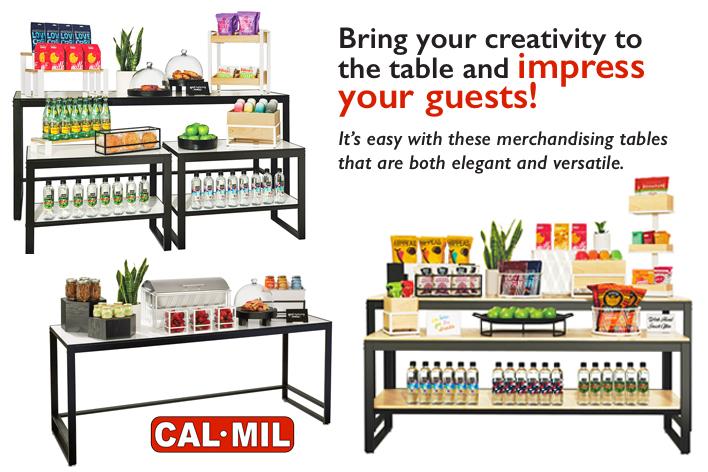Do you know how Victorinox got its name, how it all started, and the secret to its success? It turns out the history and heritage of the company are as impressive as the products they produce.
In 1884, Master Cutler, Karl Elsener, opened a cutlery shop in Ibach, Switzerland. He formed a cutlers' union that produced the finest steel cutlery, finished with the now-famous proprietary edge preferred globally by professional and home cooks. In 1891, Karl supplied the Swiss Army with its standard issue Soldier's Knife and in 1897 with the Officer's Knife.
How did Karl come up with the name Victorinox?
Karl combined his mother's name, Victoria, with the original reference for stainless steel, "inoxydable," to get Victorinox. The death of his mother prompted the name change to Victorinox in the 1920s. At the same time, stainless steel, known as "inoxydable," was becoming very prevalent in his cutlery production.
It was from these humble beginnings that a global icon was born. The Elsener family still owns and operates Victorinox today, and the family still resides in the small Swiss village of Ibach.
THE SECRET BEHIND VICTORINOX CUTLERY
Quality steel alone does not make a great knife; it's all in how you process and treat the steel that makes the difference.
Sorting Through The Elements
Carbon (C) has the most significant effect on the properties of a steel alloy. The carbon content determines the hardness and tensile strength of the steel. The downside is that it reduces corrosion resistance. The higher the carbon content, the greater the achievable hardness or rigidity. However, the higher carbon content lowers the toughness, making the steel brittle.
Chromium (Cr) is the main alloy component of stainless steel and gives the steel its corrosion resistance. Chromium is a carbide former. Its carbides increase edge-holding ability and wear resistance.
Molybdenum (Mo) Molybdenum is an essential element that helps to maintain corrosion resistance despite a higher carbon content. In addition, it improves the edge holding ability. Molybdenum also promotes the formation of fine grains, which positively affect the cutting characteristics. Vanadium (V), added to steel for particular purposes, can be added to molybdenum steel in small quantities. It produces a finer grain, more remarkable edge-holding ability, and increased toughness..
Hardening The Elements
The purpose of hardening is to make the steel harder and ensure that the knife has a long service life with minimum wear.
Hardening has several manufacturing steps:
1. The steel is heated up to hardening temperature, around 1050°C, and kept at this temperature for a specified time.
2. The steel is cooled down as quickly as possible, a process referred to as tempering. Unfortunately, this makes the steel very hard, brittle, and prone to fracturing. Step three reduces the fragility.
3. The newly tempered steel is heated up again to around 180°C, kept at that temperature for a specific time, and then gradually cooled down. The tempering reduces the steel's brittleness and increases hardness and strength.
4. After hardening, blades can attain a hardness of 55–56 HRC.
"OUR CUSTOMERS PLACE THEIR TRUST IN OUR QUALITY AND ARE ENTHUSIASTIC ABOUT THE FUNCTIONALITY, EXCELLENCE IN INNOVATION, AND ICONIC DESIGN OF OUR PRODUCTS."
— Carl Elsener IV, CEO of Victorinox
Victorinox offers quality products along with consistent support and training on cutlery maintenance. Check out the video below on How To Sharpen Your Victorinox blade.





